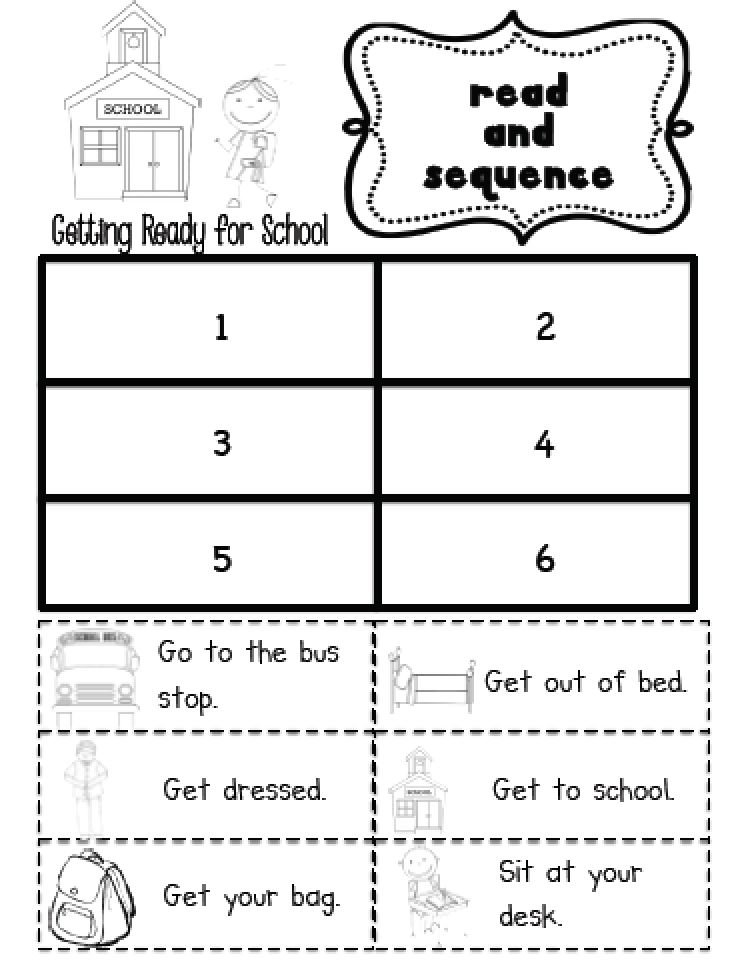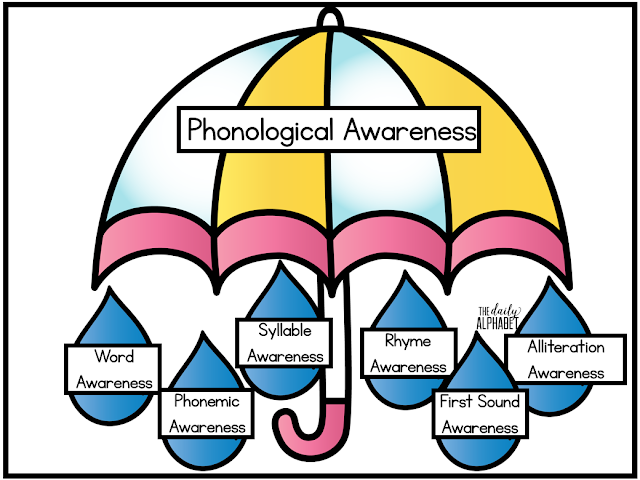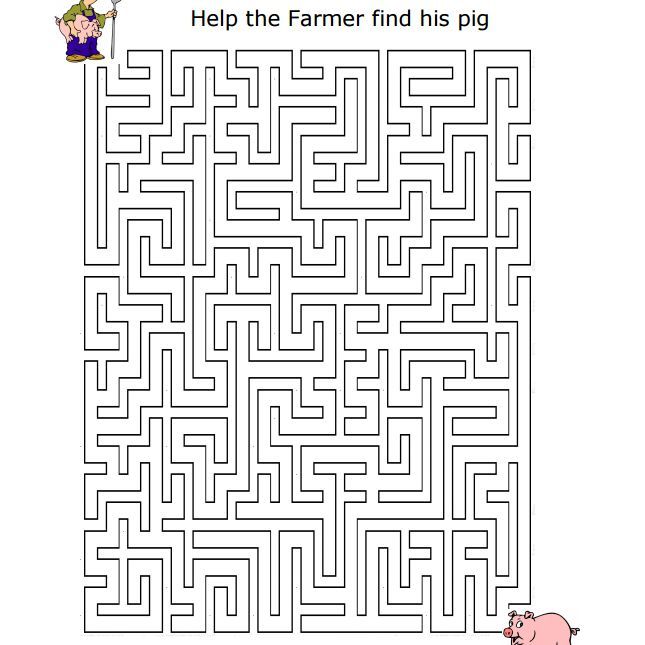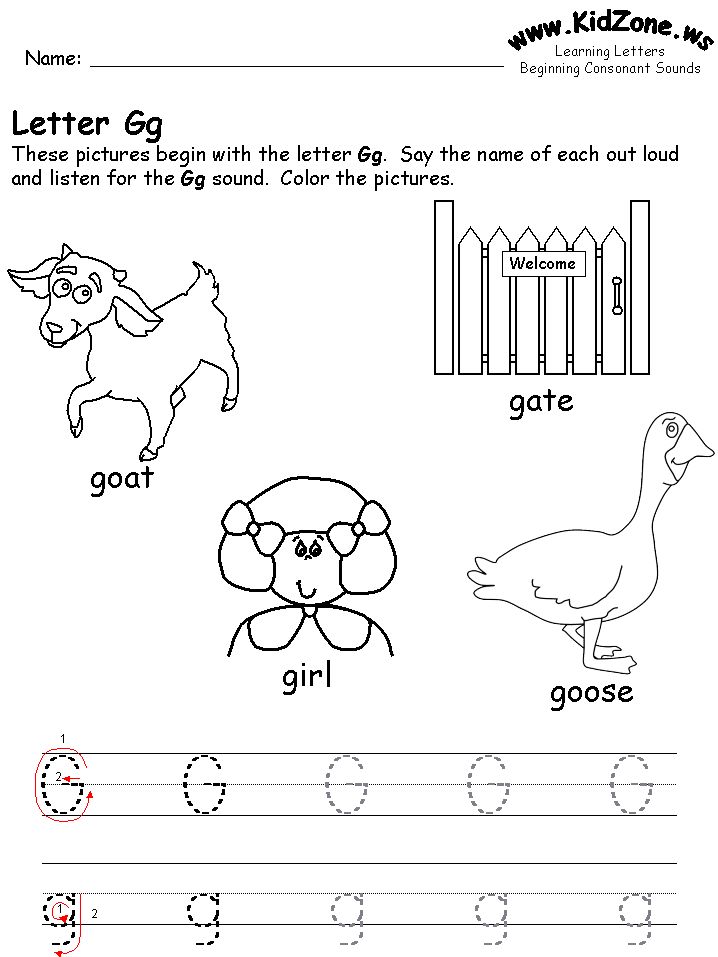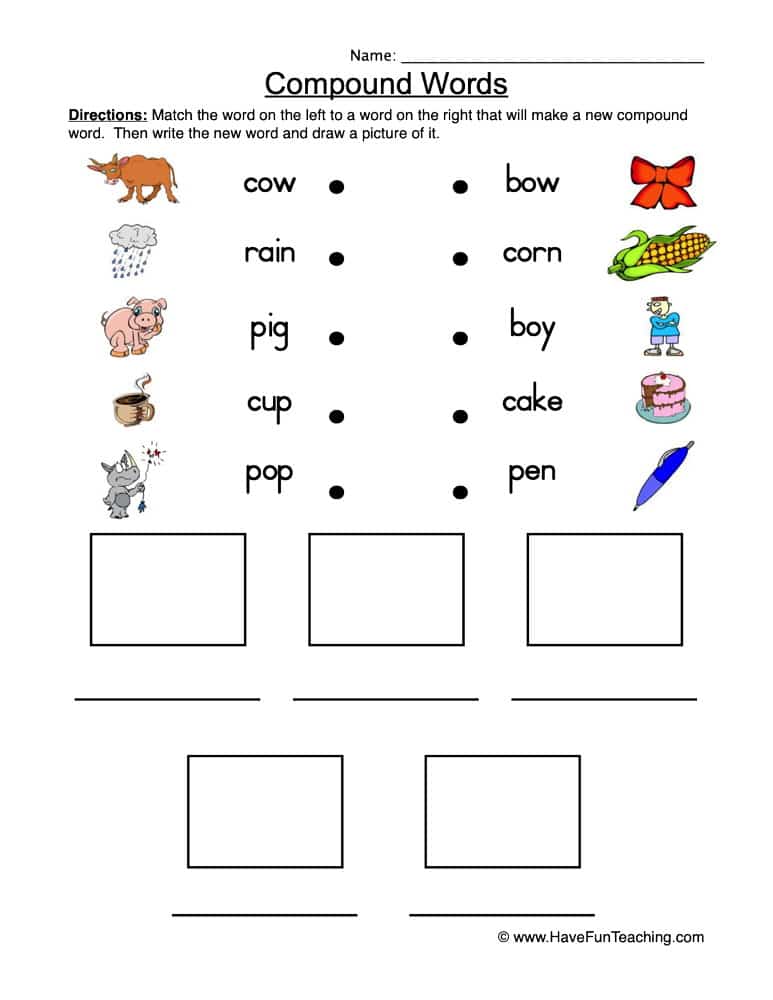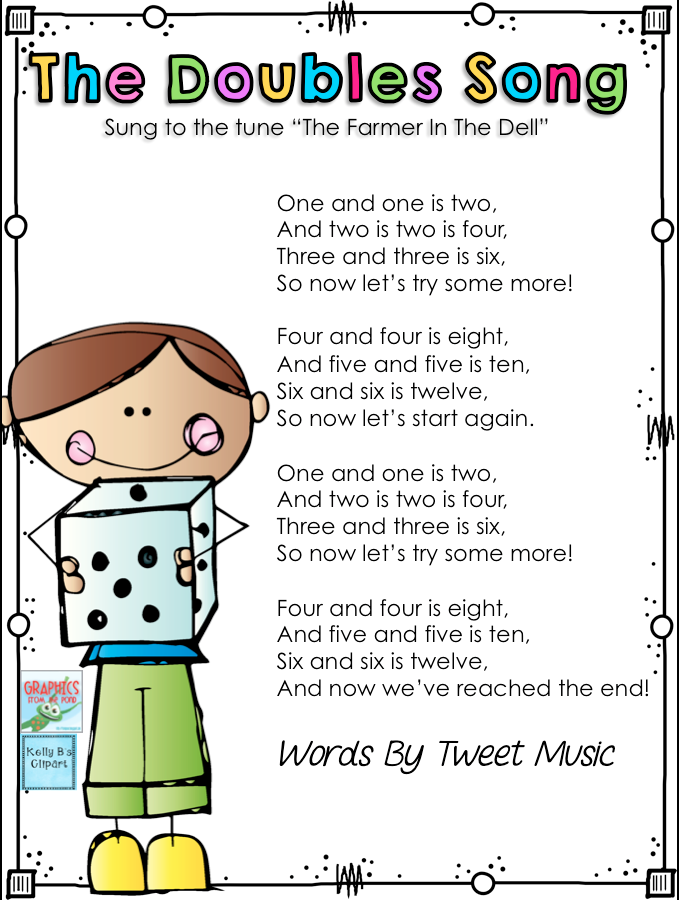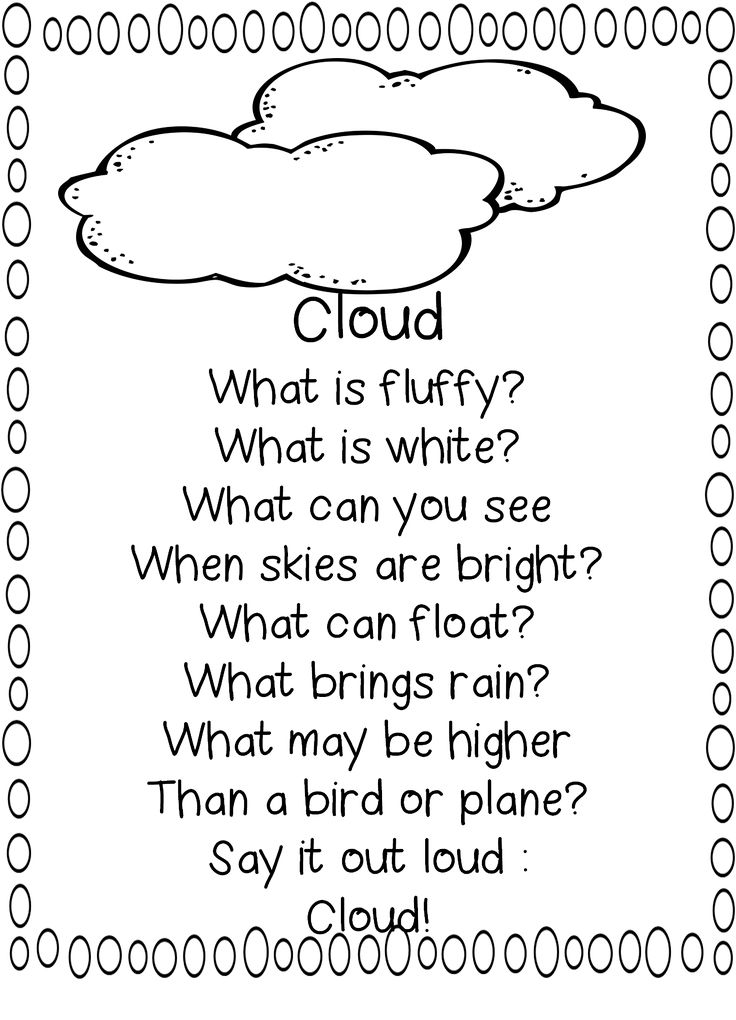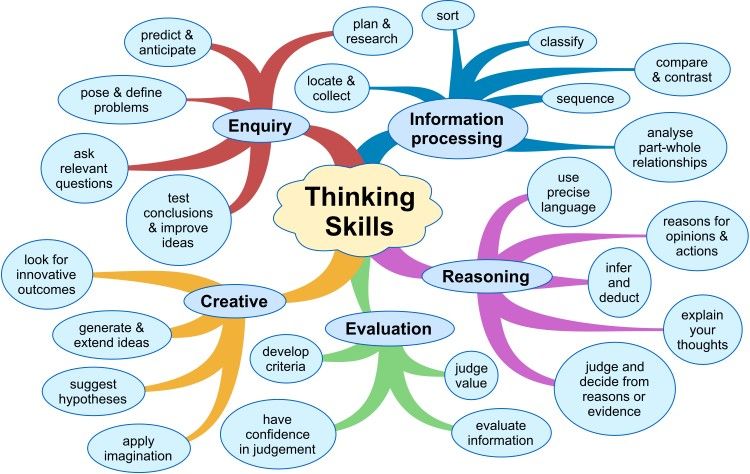Sounds and letters
First Grade 2: Linking Sounds to Letters
Recommendation 2: Linking Sounds to Letters
Help your child link sounds in speech to letters in print.
Sounds in Words: Onset-Rime
Although speaking and listening may not seem related to learning to read, being aware of sounds in words is very important to reading. This awareness allows children to break apart words orally and use sounds to learn to read and write words. Children first need to become aware of sounds in words without relating those sounds to print. They demonstrate their knowledge using their speaking and listening skills.
You can help your child develop an awareness of sounds in spoken words. Singing silly songs and making up silly words or poems are ways to enhance your child's awareness of sounds. These skills are fun to practice because most children love to play with sounds in words. You can make up silly sentences where most of the words begin with the same sound: Leo the lion liked to lick a lot of lollipops!
There are many types of different sounds in words. For example, you can separate a word into its onset and rime. The onset is the part of a word before the vowel. The rime is the part of a word including the vowel and the string of letters that follows. In the word sun, /s/ is the onset and /ŭn/ is the rime. In the word ring, /r/ is the onset and /ing/ is the rime. In the word stop, /st/ is the onset and /ŏp/ is the rime.
Videos and Family Activities
Onset and Rime Picture Cards
Key Points About the Video
- Mom has her daughter review the names of the pictures before beginning the activity to make sure she knows the name of each picture.
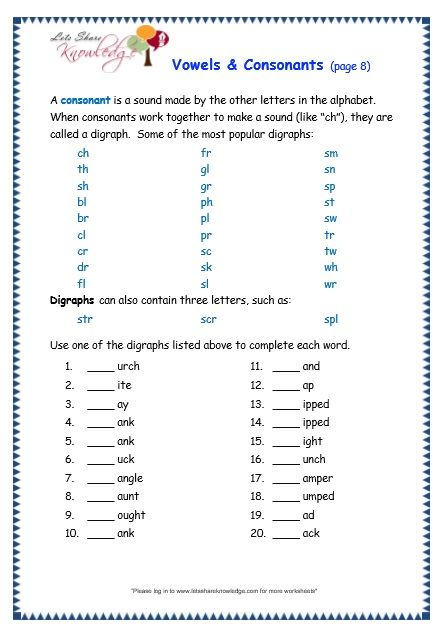
- Mom offers positive encouragement throughout the activity (e.g. Good! You did that well! You said the onset and rime correctly! You got that, girl!).
Onset and Rime Picture Cards
Help your child take apart and put together the onset and rime of a spoken word.
Sounds in Words: Individual Sounds
Being able to separate and put together individual sounds in spoken words will help your child become a better reader and speller. If your child can hear the individual sounds in a word and put those sounds together, it will help him or her connect those sounds to letters when he or she reads and spells.
Videos and Family Activities
Say and Slide Individual Sounds in Words
Key Points About the Video
- Mom explains the activity and shows an example before she asks her daughter to try it.
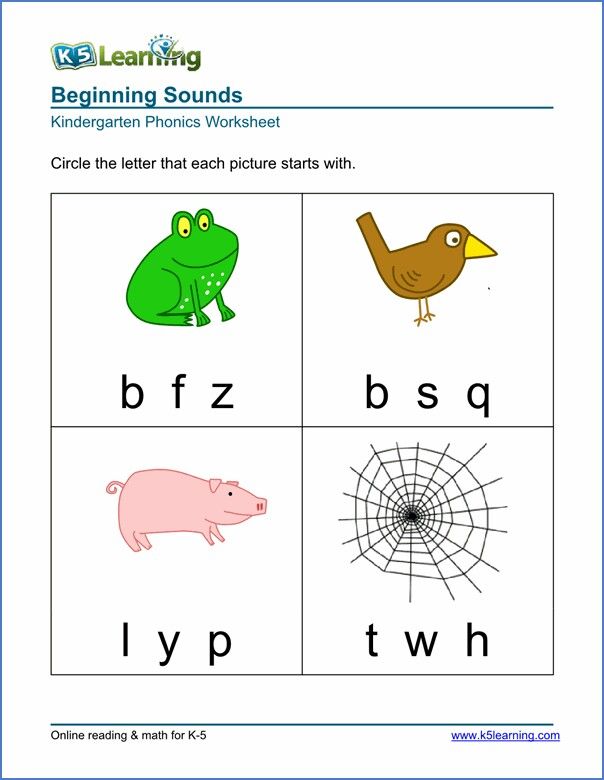
- Mom is patient and shows her daughter how to do the task when she has a difficult time with the word paper.
- Mom tells her daughter that she worked hard and did a good job.
Say and Slide Individual Sounds in Words
Help your child separate and put together individual sounds of a spoken word.
Sounds in Words: First Sound, Middle Sound, Last Sound
Being able to separate and put together individual sounds in spoken words will help your child become a better reader and speller. If your child can hear the individual sounds in a word and put those sounds together, it will help him or her connect those sounds to letters when he or she reads and spells.
- The beginning sound of a word is the first sound you hear when you say the word. The first sound in soap is /s/.
- The middle sound of a word is the sound you hear in the middle when you say the word.
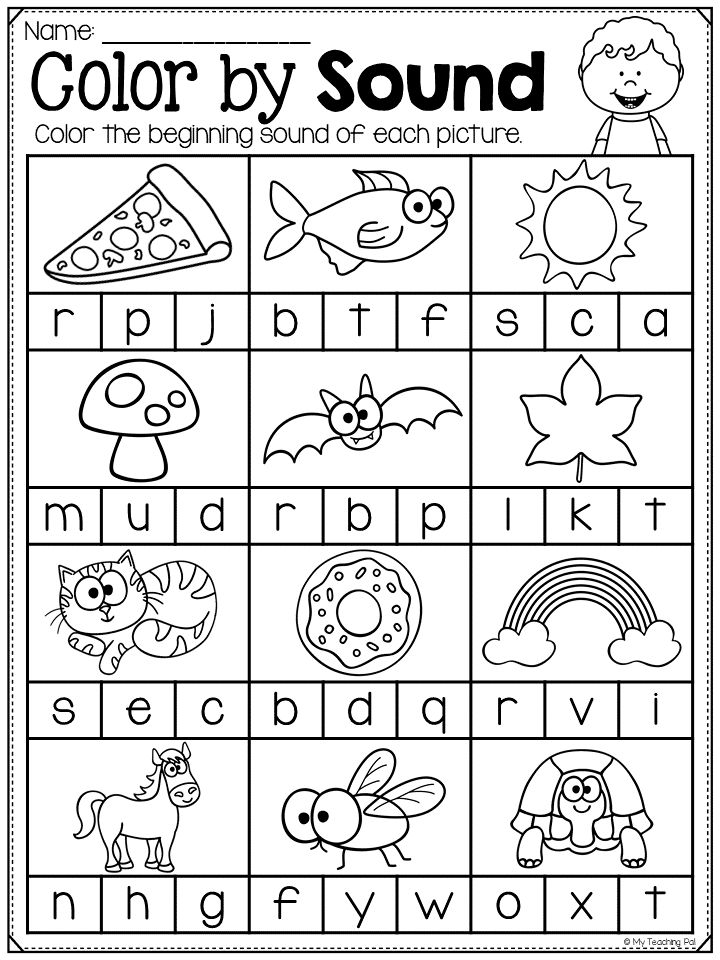 The middle sound in soap is /ō/.
The middle sound in soap is /ō/. - The ending sound of a word is the last sound you hear when you say the word. The last sound in soap is /p/.
Videos and Family Activities
First Sound? Middle Sound? Last Sound?
Key Points About the Video
- Mom asks her daughter to explain her answers.
- Mom has her daughter identify the sound that was the same in two words and tell whether it was the first, middle, or last sound in the words.
- Mom provides positive feedback throughout the activity.
First Sound? Middle Sound? Last Sound?
Help your child compare two spoken words, recognize their common sound, and identify the position of that common sound (first, middle, or last sound).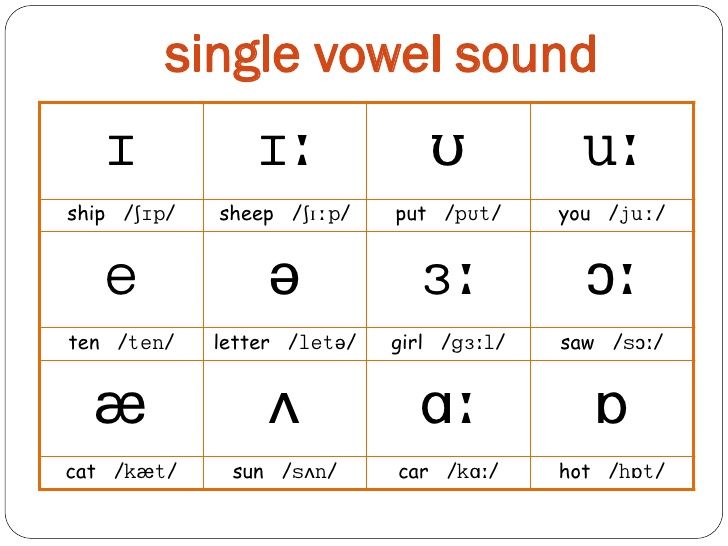
Letter Names and Letter Sounds
It is important for children to know letter names and letter sounds. Letter name knowledge is recognizing and naming letters. An example of recognizing letters is when you show a child the letters N, A, and S and ask which letter is S, the child points to the S. An example of naming letters is when a child looks at the letter M and orally names that letter.
Letter sound knowledge is demonstrated when a child can look at a letter in print and tell you the sound it represents. For example, if you point to the letter F and ask, "What sound does this letter make?" The child will say, "/f/."
The vowels are a, e, i, o, u. Each vowel has a short sound and a long sound. The short sound of each vowel is: a, /ă /; e, /ĕ/; i, /ĭ/; o, /ŏ/; u, /ŭ/.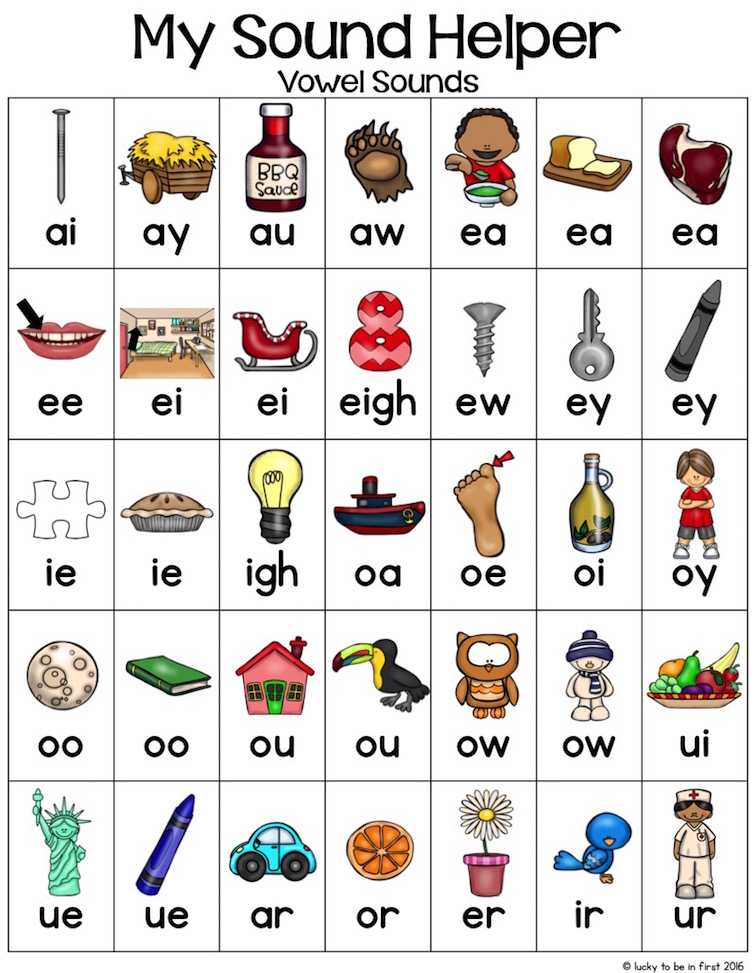 The long sound of each vowel is when the vowel says its name, a, e, i, o, u. The other letters of the alphabet are called consonants. For example, B, C, and D are consonants.
The long sound of each vowel is when the vowel says its name, a, e, i, o, u. The other letters of the alphabet are called consonants. For example, B, C, and D are consonants.
Videos and Family Activities
Consonant and Short Vowel Sound Practice Using Junk Mail
Key Points About the Video
- Mom explains the activity and provides an example for her son by saying the letter name and the letter–sound.
- Mom and son laugh and have fun with the activity.
Consonant and Short Vowel Sound Practice
Help your child practice identifying the sound for specific letters.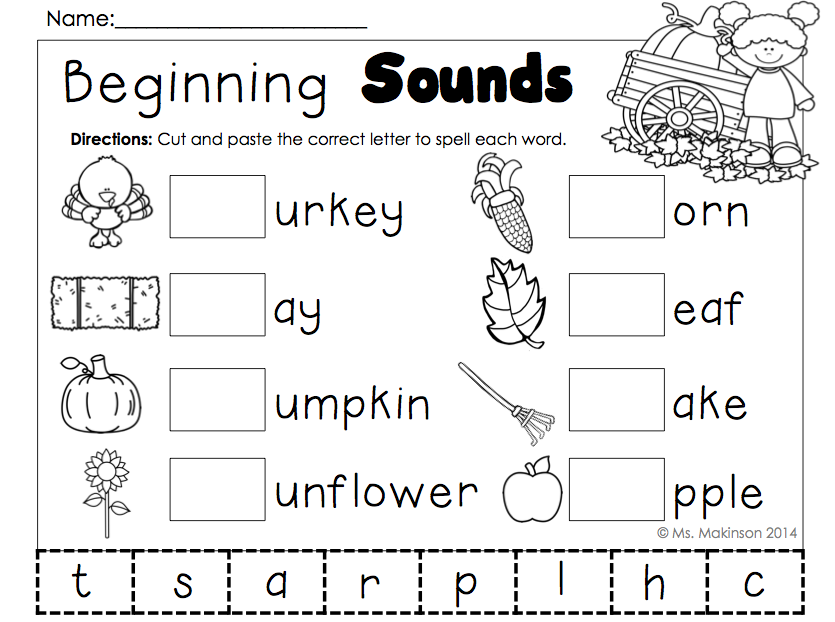
Books to Share
Suggested books to practice letter names and letter sounds. As you share the book, periodically point to a letter and ask your child to say the letter name and the letter sound.
- LMNO Peas by Keith Baker
- Click, Clack, Quackity-Quack: An Alphabetic Adventure by Doreen Cronin
- Eating the Alphabet by Lois Ehlert
- Alphabeasties and Other Amazing Types by Sharon Werner
- I Stink! by Kate and Jim McMullen
Sounds With Two or More Letters
When children know a few letter sounds, they are encouraged to blend them together to read and spell words. For example, fl says /fl/ as in flag and st says /st/ as in stop. If your child knows that s says /s/ and t says /t/, then they blend, or put together, those two sounds, /st/.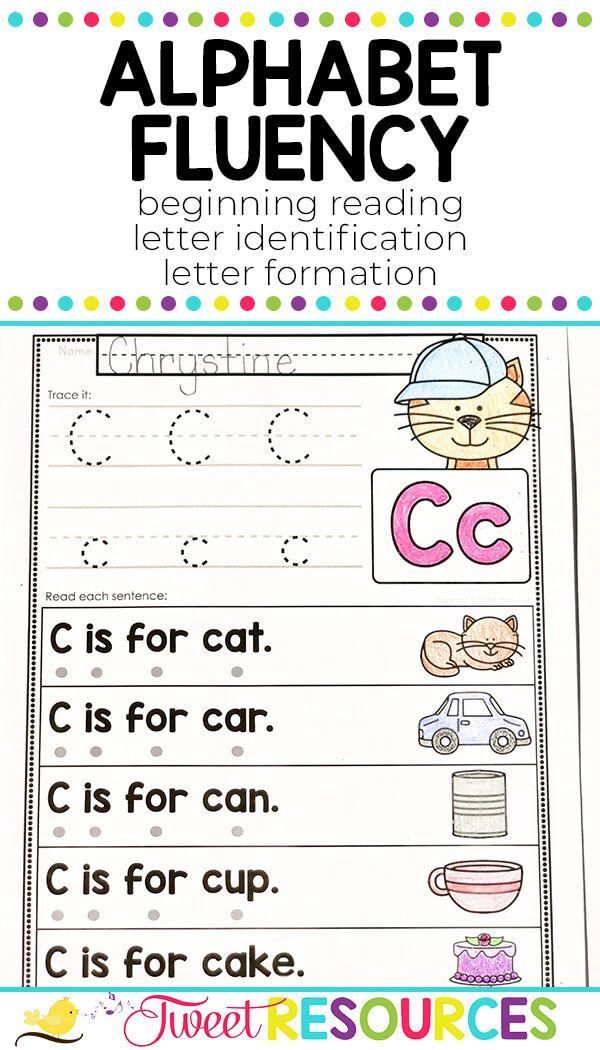
flag
stop
Sometimes, there are two letters that make one sound. For example, ch says /ch/ as in cheese and sh says /sh/ as in shop. Th has two different sounds. In the word that, th says /th/ where your vocal cords vibrate, and the sound is said out loud. In the word thin, th is whispered and your vocal cords do not vibrate.
cheese
shop
that
thin
Videos and Family Activities
Letter–Sound Practice and Building Words
Key Points About the Video
- Mom focuses on helping her son blend individual sounds together to spell and read the words.
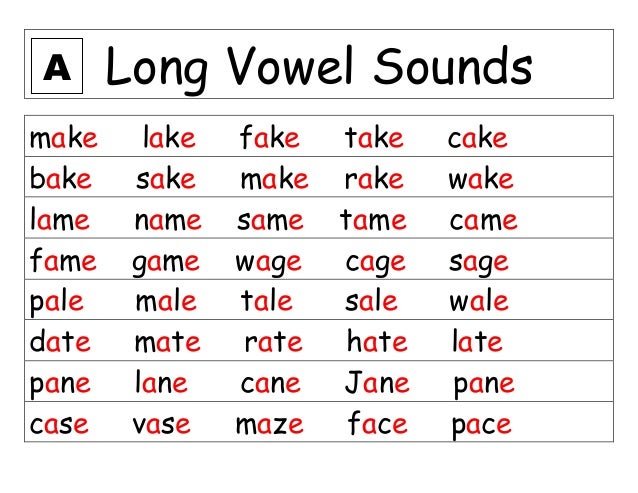
- fl is a constant blend. It has two sounds, /f/ and /l/. This child knows each of these letter sounds, so is able to blend them together to spell the word flag.
- br is a constant blend. It has two sounds, /b/ and /r/. This child knows each of these letter sounds, so is able to blend them together to spell the word brag.
- Mom talked about the meanings of the words to help build vocabulary.
Letter–Sound Practice Building Words
Help your child practice changing the beginning sound or sounds of a word to build a new word.
Silent e Rule
An important step in learning to read is being able to connect how words are separated into individual sounds with knowledge of how letters relate to sounds. For example, when you are able to hear the individual sounds in the word sat, /s/ /ă/ /t/ and know that s represents /s/, a represents /ă/ and t represents /t/, you are linking letters to sounds.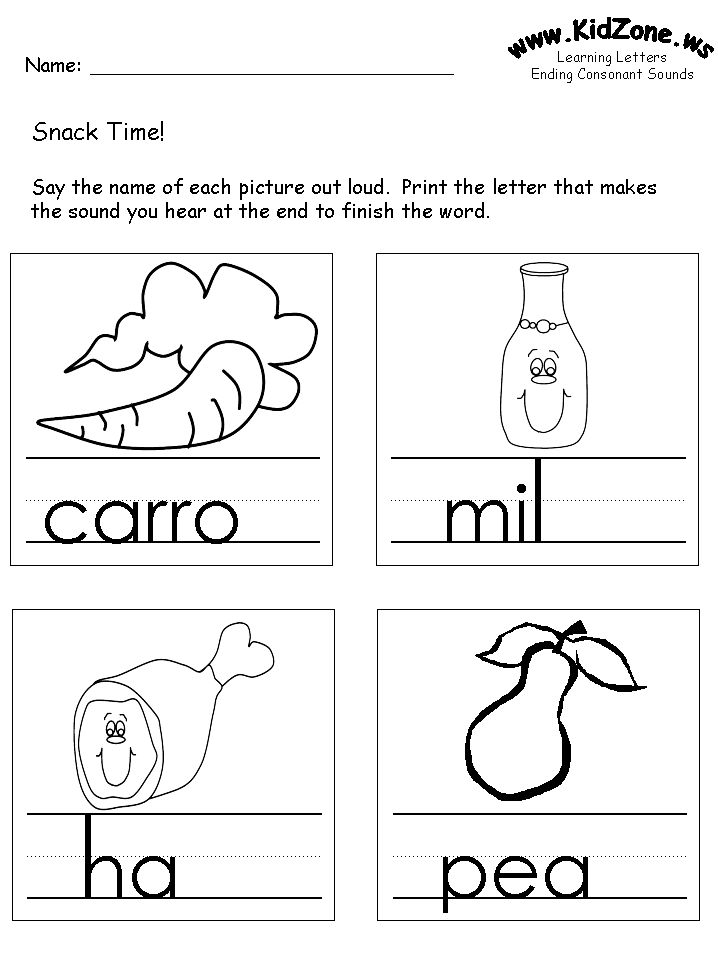 This is critical to understand and be able to do in the process of learning to read.
This is critical to understand and be able to do in the process of learning to read.
When we have a word like can and we add an e at the end, the word changes to cane. We call this the silent e rule. We do not say the sound of e; it is silent. The silent e also changes the vowel before it to a long vowel. A vowel is long when it says its letter name. Can has a short a, /ă/. But when we add the silent e to the end, /ă/ changes to /ā/. Other examples include mad/made, rid/ride, hop/hope.
Videos and Family Activities
Spelling and Reading Words With Silent e
Key Points About the Video
- Mom offers positive encouragement (That's right! Excellent!).
- Mom has her son use words in a sentence to make sure he knows their meanings.
- Mom has her son read the list of words at the end of the activity for another opportunity to practice reading.
Building Words With Silent e
Help your child apply the silent e rule to writing and reading words.
Changing Letters in Words to Spell New Words
Word-changing activities can be used to help support your child's learning to read and spell. Word changing activities include using letters in which you know the sounds to build a word. Then, you change a letter or letters to change the word. Word changing can be fun for children and helps them become better spellers and readers.
Videos and Family Activities
Change a Letter, Change the Word
Key Points About the Video
- Caretaker is encouraging (Great! You got this!).
- Caretaker uses words in sentences and talks about the meanings of words.
- Caretaker is patient and breaks the task down into small steps (spell, write word, change letters, write new word).
Change a Letter, Change the Word
Help your child change a letter or letters in a given word to spell a new word.
Help Your Child Learn Alphabet Sounds!
Site Search
Site Search
Shop Now
Teaching Tips
December 15, 2020
0
4 mins
Alphabet knowledge is one of the first building blocks of education, the moment when children begin learning the letters of the alphabet. As the stepping stones of language, learning the alphabet is one of the first ways we develop the skills necessary to read and write.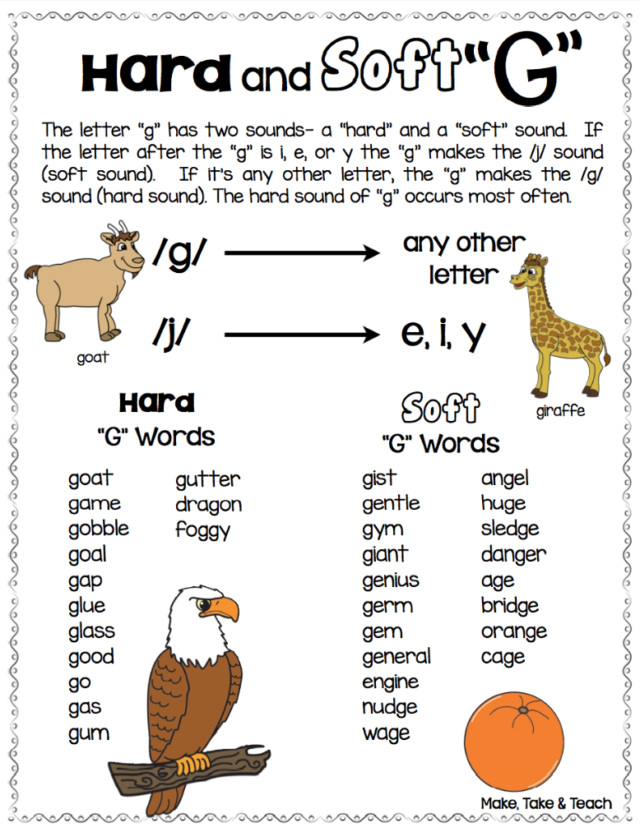 In fact, studies show that the ability to name the letters of the alphabet during Pre-K and kindergarten is a well-established predictor of children's literacy skills later in life. Properly knowing the alphabet means that the child can distinguish between the 26 letters of the alphabet and can also verbalize those letter sounds. There are many different ways to approach teaching the alphabet, and because every child is different, multiple teaching methods should be considered to ensure that all students are on the same path toward mastering letter sounds.
In fact, studies show that the ability to name the letters of the alphabet during Pre-K and kindergarten is a well-established predictor of children's literacy skills later in life. Properly knowing the alphabet means that the child can distinguish between the 26 letters of the alphabet and can also verbalize those letter sounds. There are many different ways to approach teaching the alphabet, and because every child is different, multiple teaching methods should be considered to ensure that all students are on the same path toward mastering letter sounds.
Tips for Teaching Letter Sounds
Many factors play a role in a child’s quest toward learning the alphabet. When teaching letter sounds, it's important to consider that students have varied learning styles. It is best to use a combination of visual, tactile, and auditory strategies in order to reach learners most effectively. Taking advantage of all possible approaches and beginning at an appropriate pace for the age group is key for making sure the child has learned the alphabet.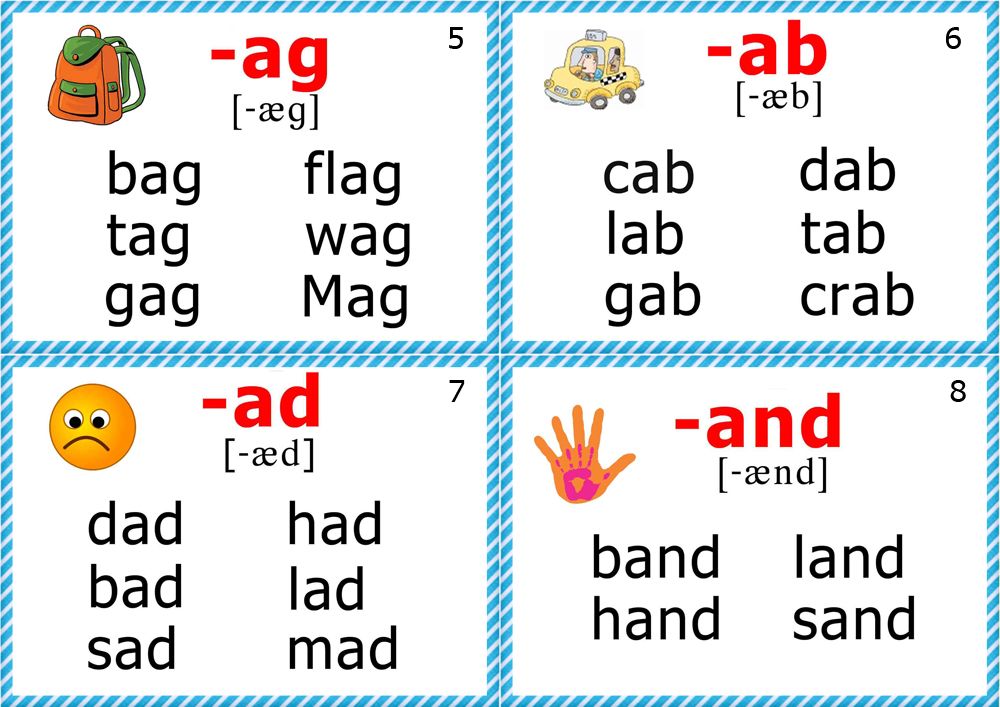
Preschool vs Kindergarten
Establishing the child’s starting point is crucial for properly knowing where to begin in regards to the child learning letter sounds. In Pre-K, students are beginning to establish phonemic awareness, and these skills can grow quickly. By establishing the learner’s baseline, you are able to help them achieve greater growth throughout their Pre-K and kindergarten years.
Start With Their Name
Taking full advantage of meaningful literacy during early childhood education is a great way to connect lessons with the student in an intimate and fun way. Starting with teaching the child’s name guarantees that there will be a personal connection to the letters of the alphabet and teaching the letter sounds of their name will help them to remember certain letters and touch on correct letter order as well. Start with their name and then move on to other personal buzzwords such as their favorite food, color, and so on.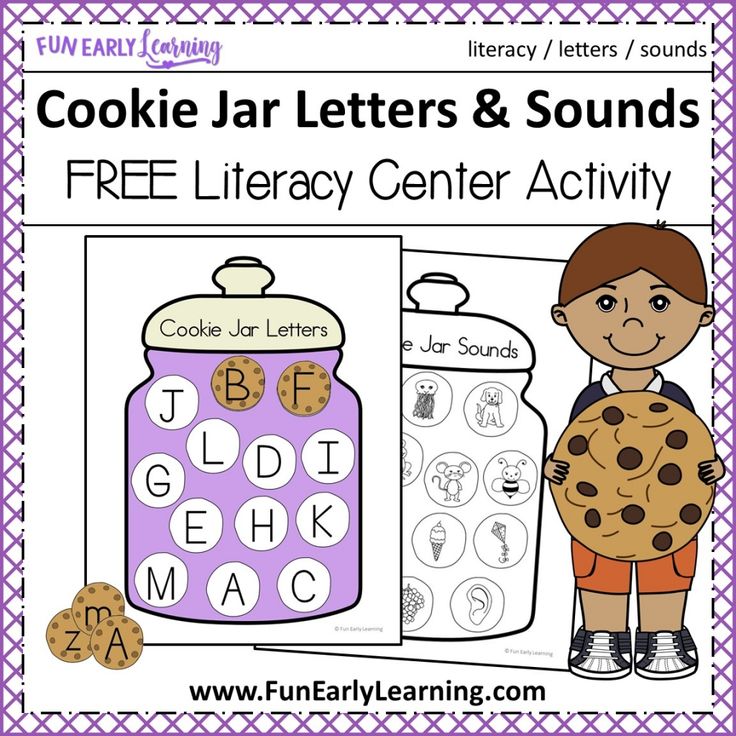
Capital Letters First
When teaching letter sounds, children typically learn capital letters first so it’s much easier for them to recognize capital letters than lowercase letters. When using visual materials for teaching letter sounds, begin with mastering capital letters of the alphabet and then move forward to incorporate lowercase letters as well. This allows them to have a foundation for letter sounds while then focusing on letter recitation overall.
Use Visual Cues
Visual cues are a huge helping hand in the quest for properly teaching alphabet letters and sounds. Combining verbal and visual instruction to provide aid for the child allows them to commit the letters to memory and recall those letters later on.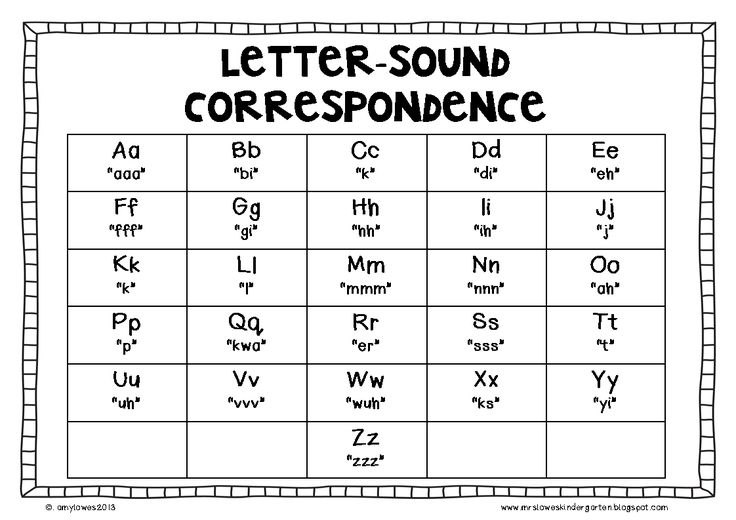 Consider using physically engaging alphabet resources to help give kids visual assistance in learning letters and sounds. Some great tools we suggest include:
Consider using physically engaging alphabet resources to help give kids visual assistance in learning letters and sounds. Some great tools we suggest include:
Letters or Letter Sounds First?
Each student is unique! Some children will have an easier time identifying the letter, while others may have a better time learning the sound before the corresponding letter. Take note of which direction the child is leaning toward and cater to their individual needs. But first and foremost, ensure you invest a healthy amount of time in establishing letter-sound-correspondence when teaching letters and sounds.
Mix Up the Standard Alphabet Order
A great way to ensure that the student is properly able to identify and replicate alphabet letter sounds is to change up the alphabet order.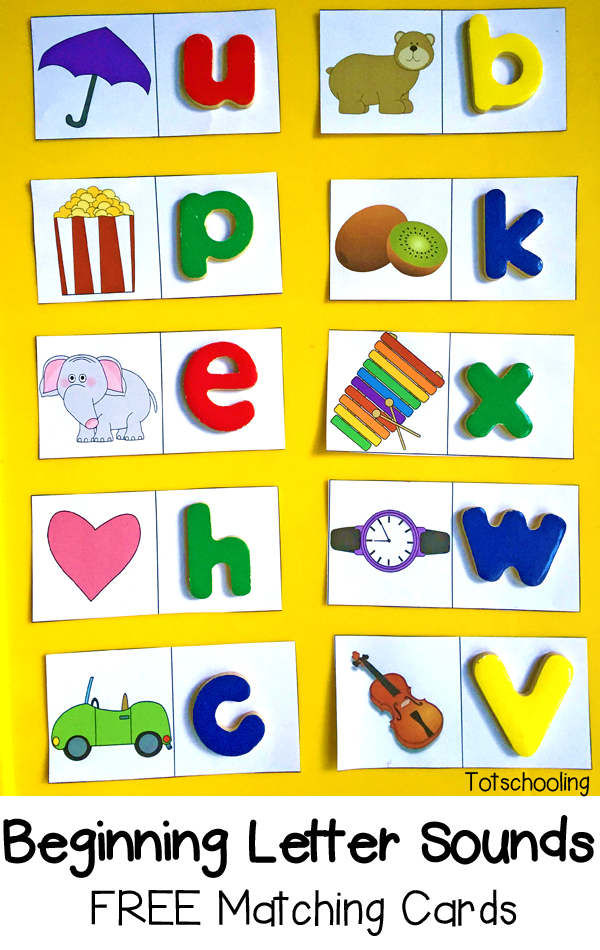 This allows the teacher to see if the student has retained the alphabet properly or has maybe relied heavily on educational tools like songs and games to be able to identify letters. A-B-C Touch & Flip Cards are a great tool for mixing up the order to ensure each letter gets its own spotlight and that the child can confidently excel in mastering the alphabet.
This allows the teacher to see if the student has retained the alphabet properly or has maybe relied heavily on educational tools like songs and games to be able to identify letters. A-B-C Touch & Flip Cards are a great tool for mixing up the order to ensure each letter gets its own spotlight and that the child can confidently excel in mastering the alphabet.
Make Letter Sounds Fun
One of the best parts of teaching letter alphabet sounds is watching the moment when it finally clicks for the child. Teaching letter sounds should be a fun experience for the child. That positivity helps encourage comprehension and encourages further development of these skills. Try playing games, singing catchy alphabet songs, or even assigning alphabet-based art assignments to help make learning the alphabet a fun experience.
Learning Without Tears Knows Letter Sounds!
Once a child has confidently mastered letter sounds and the alphabet, they’ve taken the first step toward literacy, vocabulary, language development, and more. With a combination of enriching alphabet learning materials and enough consistent practice, any child will be on their way to confidently know the alphabet.
Learning Without Tears seeks to help families, educators, and children get prepared for learning with innovative educational materials and professional resources. We want every child to be set up for success through each step of their learning journey, with engaging and worthwhile materials for K-5 students. Regardless of whether the child is learning in a traditional classroom or at home, Learning Without Tears provides access to proven curricula, industry insight, and enriching products that help make teaching and learning the alphabet a fun experience.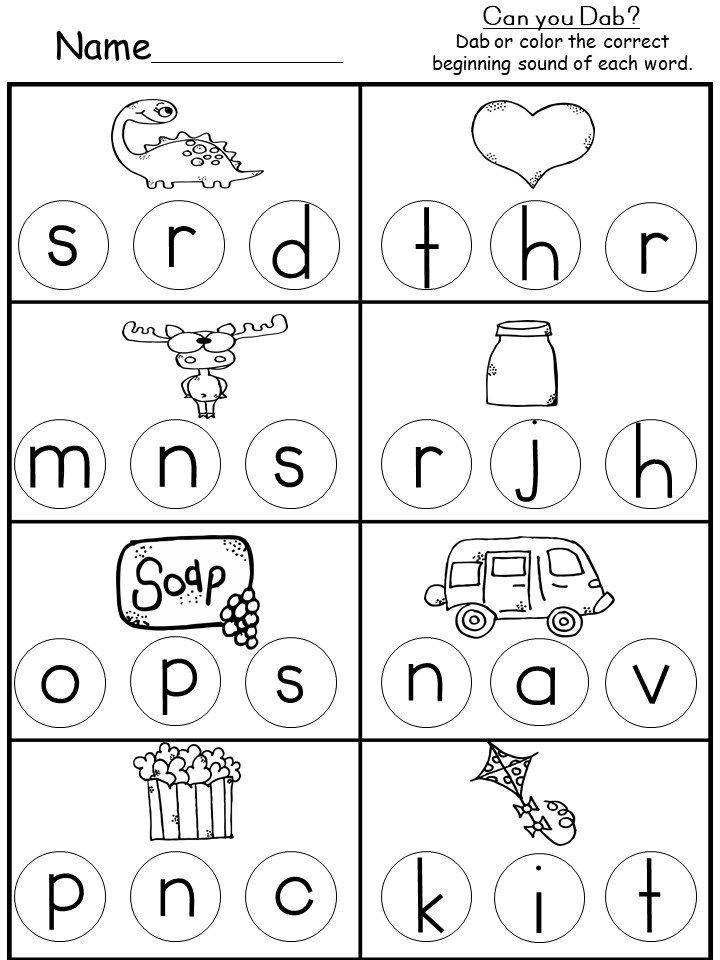
Source: Piasta, Petscher & Justice, 2012
Related Tags
Home Connection
Home Connection, Teaching Tips, Multisensory Learning, Readiness
Handwriting Development Through Developmentally Appropriate Practices from Ages 2-5
August 13, 2021
0 4 min
Ask the Experts, Teaching Tips, Multisensory Learning, Readiness, Home Connection
Why is Literacy Development Important for Children?
June 17, 2021
0 4 min
Ask the Experts, Teaching Tips, Multisensory Learning, Readiness, Home Connection
Naming Letters Is Not a Straight Path to Literacy: Here’s Why
April 15, 2021
4 2 mins
There are no comments
Stay Connected and Save 10%Sign up for our newsletter and get the latest updates, Classroom tips & free downloads.
Comments
Sounds and letters of the Russian language - scheme, table, transcription
Contents:
• What is sound?
• What sounds are there?
• How are sounds pronounced?
• Transcription of the word
• Color scheme
Sounds belong to the phonetics section. The study of sounds is included in any school curriculum in the Russian language. Acquaintance with sounds and their main characteristics occurs in the lower grades. A more detailed study of sounds with complex examples and nuances takes place in middle and high school. This page provides only basic knowledge of the sounds of the Russian language in a compressed form. If you need to study the device of the speech apparatus, the tonality of sounds, articulation, acoustic components and other aspects that are beyond the scope of the modern school curriculum, refer to specialized textbooks and textbooks on phonetics. nine0008
What is sound?
Sound, like words and sentences, is the basic unit of language.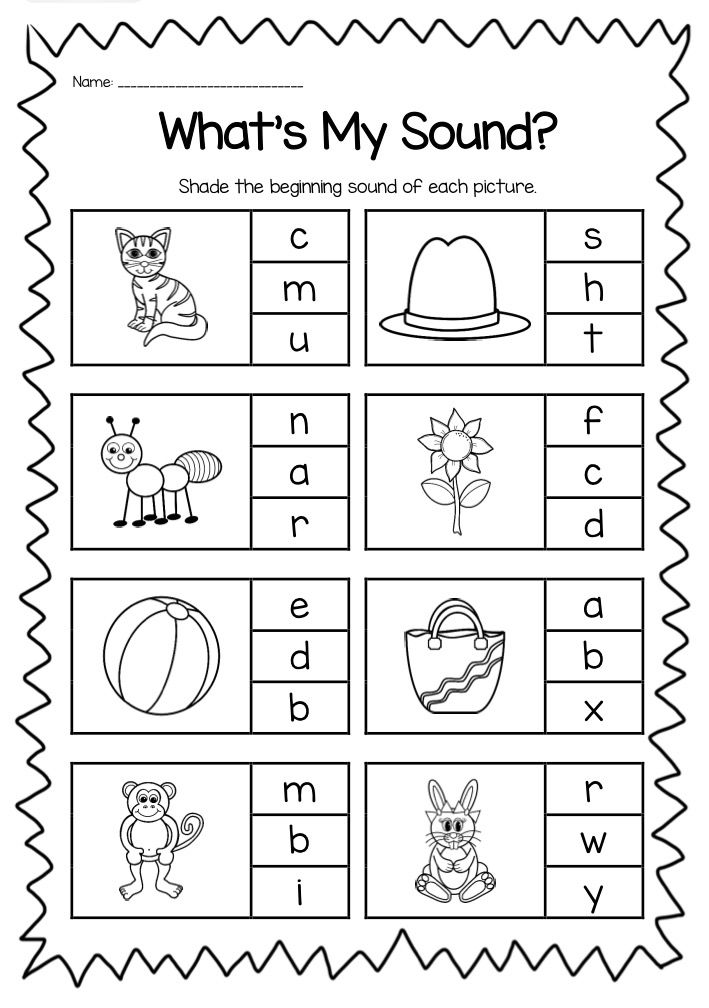 However, the sound does not express any meaning, but reflects the sound of the word. Thanks to this, we distinguish words from each other. Words differ in the number of sounds (port - sport, crow - funnel), set of sounds (lemon - estuary, cat - mouse), sequence of sounds (nose - dream, bush - knock) up to a complete mismatch of sounds (boat - boat, forest - park ).
However, the sound does not express any meaning, but reflects the sound of the word. Thanks to this, we distinguish words from each other. Words differ in the number of sounds (port - sport, crow - funnel), set of sounds (lemon - estuary, cat - mouse), sequence of sounds (nose - dream, bush - knock) up to a complete mismatch of sounds (boat - boat, forest - park ).
What sounds are there?
In Russian, sounds are divided into vowels and consonants. There are 33 letters and 42 sounds in Russian: 6 vowels, 36 consonants, 2 letters (ь, ъ) do not indicate a sound. The discrepancy in the number of letters and sounds (not counting b and b) is due to the fact that there are 6 sounds for 10 vowels, 36 sounds for 21 consonants (if we take into account all combinations of consonant sounds deaf / voiced, soft / hard). On the letter, the sound is indicated in square brackets.
There are no sounds: [e], [e], [yu], [i], [b], [b], [g '], [w '], [c '], [th], [h ], [sch]. nine0008 Scheme 1.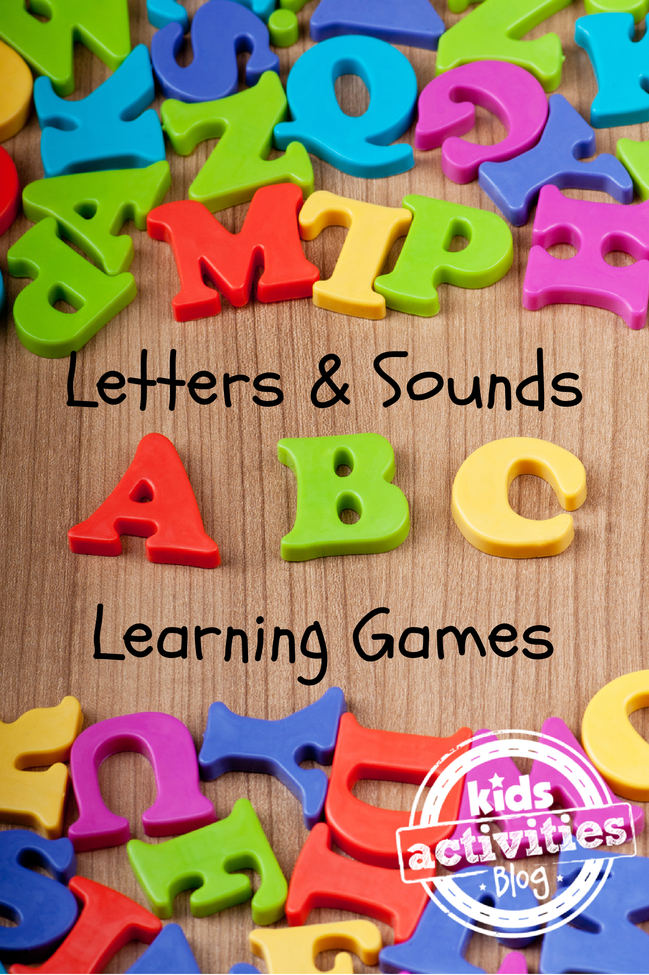 Letters and sounds of the Russian language. Scheme 1.1. Letters and sounds of the Russian language. Scheme 1.2. Vowels and sounds of the Russian language. Scheme 1.3. Consonants and sounds of the Russian language. Scheme 1.4. Russian letters that do not represent sounds.
Letters and sounds of the Russian language. Scheme 1.1. Letters and sounds of the Russian language. Scheme 1.2. Vowels and sounds of the Russian language. Scheme 1.3. Consonants and sounds of the Russian language. Scheme 1.4. Russian letters that do not represent sounds.
How are sounds pronounced?
We pronounce sounds while exhaling (only in the case of the interjection "a-a-a", expressing fear, the sound is pronounced while inhaling.). The division of sounds into vowels and consonants is related to how a person pronounces them. Vowel sounds are pronounced by the voice due to the exhaled air passing through the tense vocal cords and freely exiting through the mouth. Consonant sounds consist of noise or a combination of voice and noise due to the fact that the exhaled air meets an obstacle in its path in the form of a bow or teeth. Vowel sounds are pronounced loudly, consonant sounds are muffled. A person is able to sing vowel sounds with his voice (exhaled air), raising or lowering the timbre.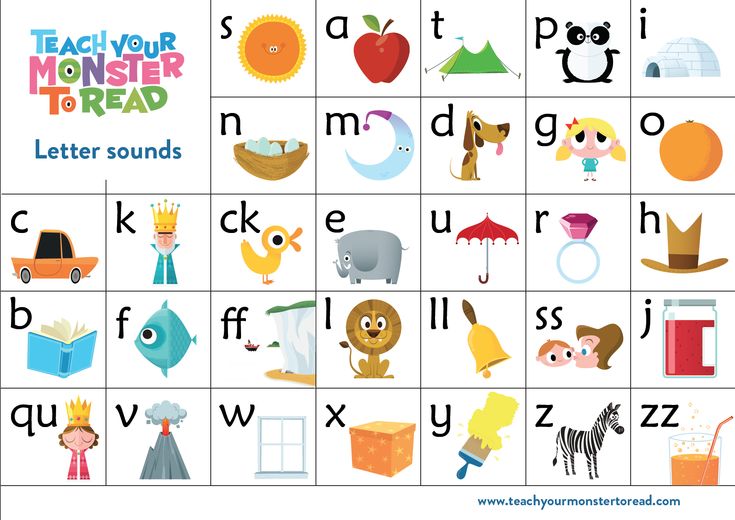 Consonant sounds cannot be sung, they are pronounced equally muffled. Hard and soft signs do not represent sounds. They cannot be pronounced as an independent sound. When pronouncing a word, they affect the consonant in front of them, make it soft or hard. nine0008
Consonant sounds cannot be sung, they are pronounced equally muffled. Hard and soft signs do not represent sounds. They cannot be pronounced as an independent sound. When pronouncing a word, they affect the consonant in front of them, make it soft or hard. nine0008
Transcription of a word
Transcription of a word is a recording of sounds in a word, that is, in fact, a record of how the word is pronounced correctly. Sounds are enclosed in square brackets. Compare: a is a letter, [a] is a sound. The softness of consonants is indicated by an apostrophe: p - letter, [p] - hard sound, [p '] - soft sound. Voiced and voiceless consonants are not marked in writing. The transcription of the word is written in square brackets. Examples: door → [dv'er '], thorn → [kal'uch'ka]. Sometimes stress is indicated in transcription - an apostrophe before a vowel stressed sound. nine0008
There is no clear correspondence between letters and sounds. In the Russian language, there are many cases of substitution of vowel sounds depending on the place of stress of a word, substitution of consonants or dropping out of consonant sounds in certain combinations.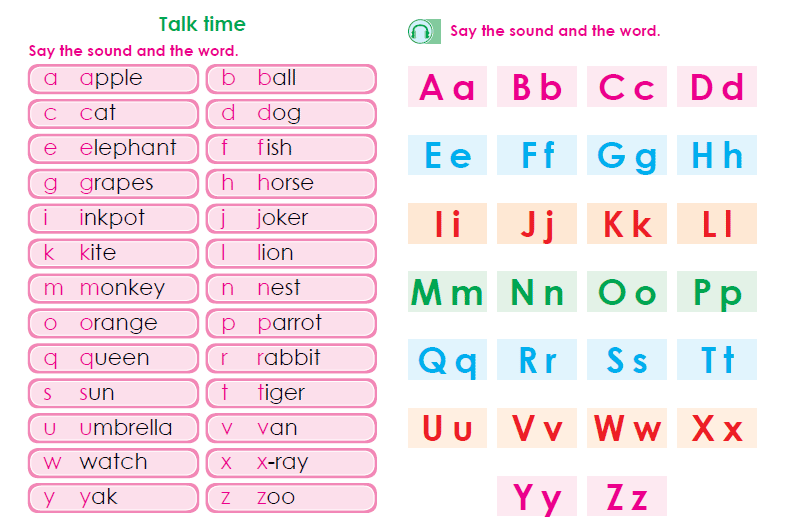 When compiling a transcription of a word, the rules of phonetics are taken into account.
When compiling a transcription of a word, the rules of phonetics are taken into account.
Color scheme
In phonetic parsing, words are sometimes drawn with color schemes: letters are painted with different colors depending on what sound they mean. Colors reflect the phonetic characteristics of sounds and help you visualize how a word is pronounced and what sounds it consists of. nine0008
All vowels (stressed and unstressed) are marked with a red background. Iotated vowels are marked green-red: green means a soft consonant sound [y ‘], red means the vowel following it. Consonants with solid sounds are colored blue. Consonants with soft sounds are colored green. Soft and hard signs are painted in gray or not painted at all.
| Vowels0040 | |
| Consistent | Tsh zh zh zhb z k l m h r ch chhh |
| b, b. | b |
- vowel, - vowel iot - hard consonant, - soft consonant, - soft or hard consonant, - does not mean a sound.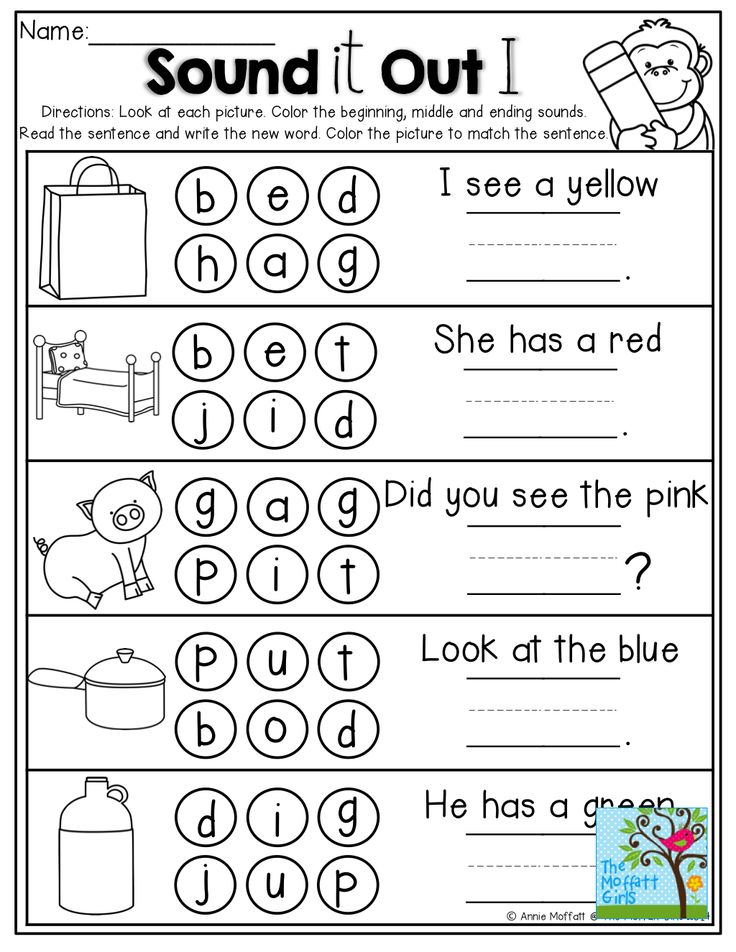
The blue-green color is not used in the schemes for phonetic analysis, since a consonant cannot be both soft and hard at the same time. The blue-green color in the table above is only used to show that the sound can be either soft or hard. nine0008
Words with the letter ё must be written through ё. Phonetic parsing of the words "everything" and "everything" will be different!
Vowel sounds and letters. How many are there in Russian?
We will teach you how to write without errors and tell stories in an interesting way
Start learning
The correct pronunciation of words is one of the components of beautiful and literate speech. To achieve this, you will first have to study the sounds themselves. In this article, we will figure out together what vowel sounds are, how many vowels are in the alphabet of the Russian language, and what sounds they can represent.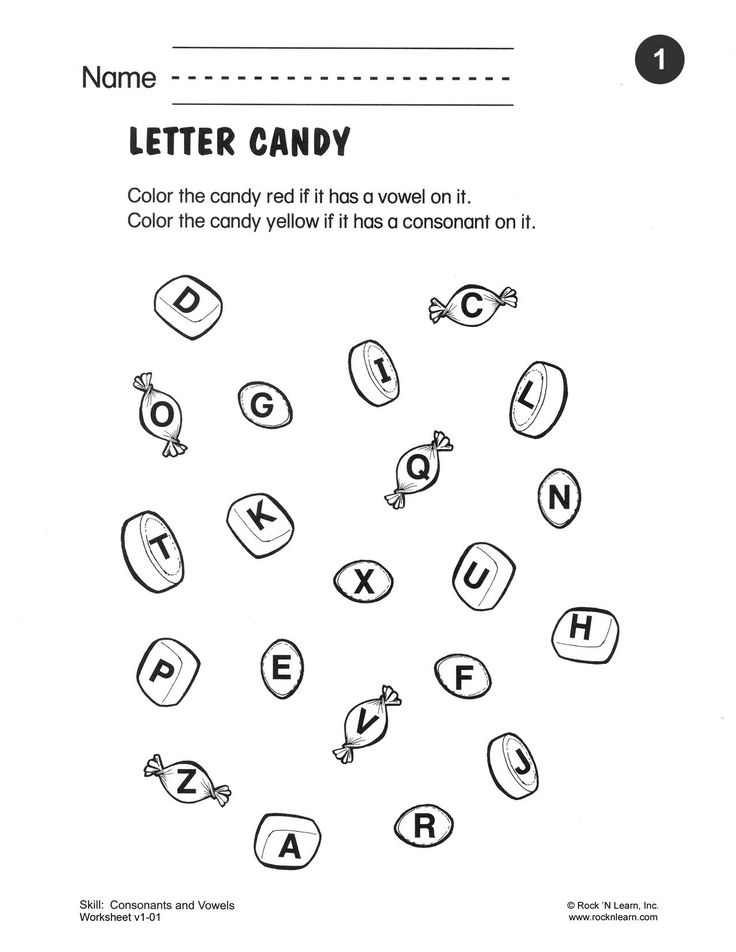 nine0008
nine0008
What are vowels and sounds
Vowel sounds are those sounds that we freely convey with our voice. This is where their name comes from: voice means "voice". When pronouncing, air exits through the mouth and does not create noise, and the position of the tongue and lips determines which vowel sound we will pronounce.
There are much fewer vowels in Russian than consonants. There are 6 of them in total: [a], [o], [i], [s], [y] and [e]. To understand whether a vowel sound is in front of you or not, try to sing it. For example:
-
a-a-a ,
-
woo
-
s-s-s .
If it works, then the sound is a vowel. You can't do that with consonants.
There are more vowels than sounds - there are 10 of them: a, i, u, u, o, e, e, e, i, s .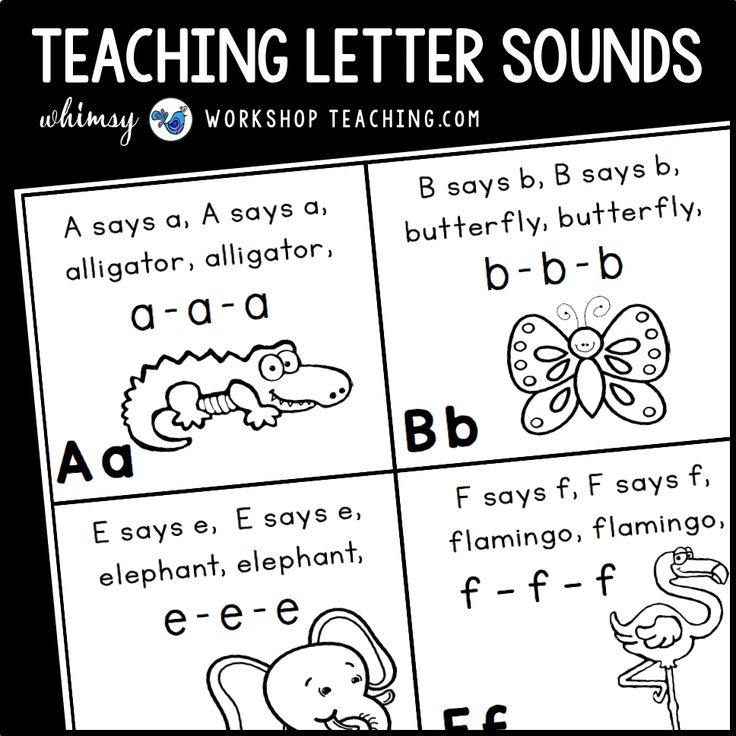 This difference is due to the fact that some of these letters can represent two sounds and are pronounced using a combination of a vowel and a consonant [y']. For example, in word spruce the letter e expresses two sounds - [y'] and [e]. Let's look at the table all the vowel sounds and the letters that represent them.
This difference is due to the fact that some of these letters can represent two sounds and are pronounced using a combination of a vowel and a consonant [y']. For example, in word spruce the letter e expresses two sounds - [y'] and [e]. Let's look at the table all the vowel sounds and the letters that represent them.
| Letter | Sound | Example |
|---|---|---|
| a | [a] | pharmacy |
| i | [a] [d'] + [a] | change anchor |
| at | [y] | moon |
| [y] [y'] + [y] | love skirt | |
| about | [o] [a] | horse milk |
| e | [e] [y'] + [e] [and] | victory raccoon great |
| e | [o] [d'] + [o] | rope hedgehog |
| e | [e] | evolution |
| and | [and] [s] | caviar life |
| s | [s] | choice |
Demo lesson in Russian
Take the test at the introductory lesson and find out what topics separate you from the "five" in Russian.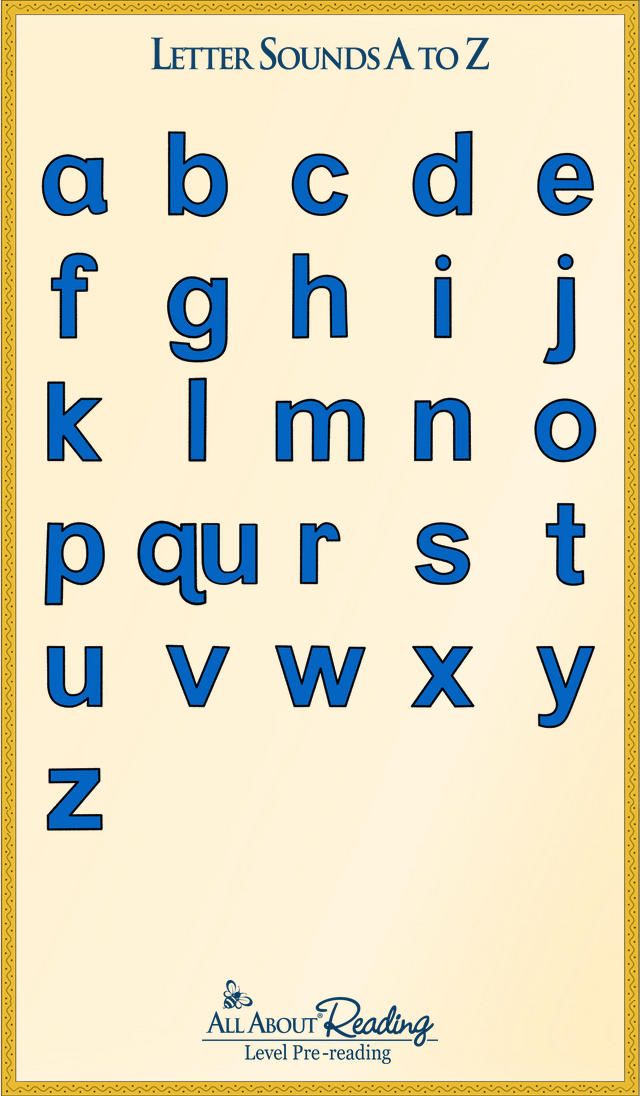
How vowel sounds are related to syllables
Vowel sounds form syllables - sound segments of words that we pronounce with one breath. One syllable can be either a vowel with one or more consonants, or a vowel alone. There is even a rule by which syllables can be counted: how many vowels in a word - so many syllables. nine0008
For example, in the word journey there are 5 vowels: [u], [i], [e], [i] and [e]. This means that it has 5 syllables: p-te-she-stv-e .
Test yourself!
Count the number of syllables in the words: try on, tanner, well-groomed, care, prefix, capital, wet, invitation, orange .
Vowel sounds and stress
Now let's see what groups vowel sounds are divided into. Sometimes their pronunciation depends on whether the stress falls on them, that is, whether we single them out with our voice. So vowel sounds are divided into stressed and unstressed.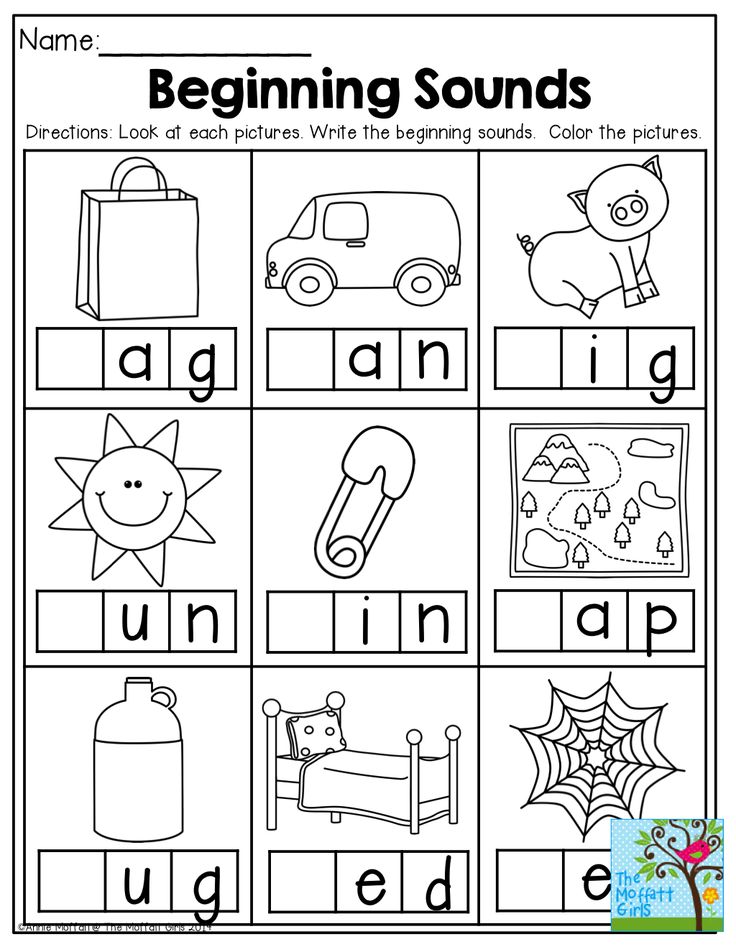 Here are some examples:
Here are some examples:
| | | |
|---|---|---|
| | | |
| | | |
| | | |
Stress in Russian can fall on any of the existing vowel sounds. However, only 4 of them can be unstressed - these are [a], [i], [y] and [s]. In this position, we pronounce sounds weaker than under stress, because of which they can change qualities and sound differently.
Interestingly, the vowels [o] and [e] can only be stressed. There are only a couple of exceptions to this rule: for example, in words cocoa and canoe sounds [o] and [e] in an unstressed position.
How unstressed vowels are related to consonants
How an unstressed vowel sounds depends on the consonant that precedes it. Or rather, from its hardness or softness. If it is a hard consonant, it can be followed by unstressed vowels [y], [a] and [s]. When we talk about a soft consonant, it is followed by unstressed vowels [y] and [and].
| | |
|---|---|
| | |
| | |
| | |
Test yourself
It's time to find out if you now understand well what vowel sounds are in Russian. To do this, we have prepared tasks for self-examination. nine0008
To do this, we have prepared tasks for self-examination. nine0008
Task 1
List all the vowels in these words:
fair,
rejoice,
doll,
distant,
buddy,
voting,
mirror,
story,
ok,
captivate.
Task 2
Name 5 words each in which the sounds [a], [i], [y] and [s] would be stressed.
Task 3
Name 5 words in which an unstressed vowel would come after a hard consonant, and 5 more words where it would follow a soft consonant.
Task 4
Count the number of syllables in the words below (don't forget to use the rule you learned at the beginning of the article!):
-
weightless,
-
sunrise,
-
adventure,
-
painter,
-
perpetuate,
-
nice,
-
image,
-
category,
-
exciting,
-
melting,
-
snowflake.
The rules of phonetics help us to speak correctly, so it is important to master the topic of vowels well and avoid gaps in knowledge.

